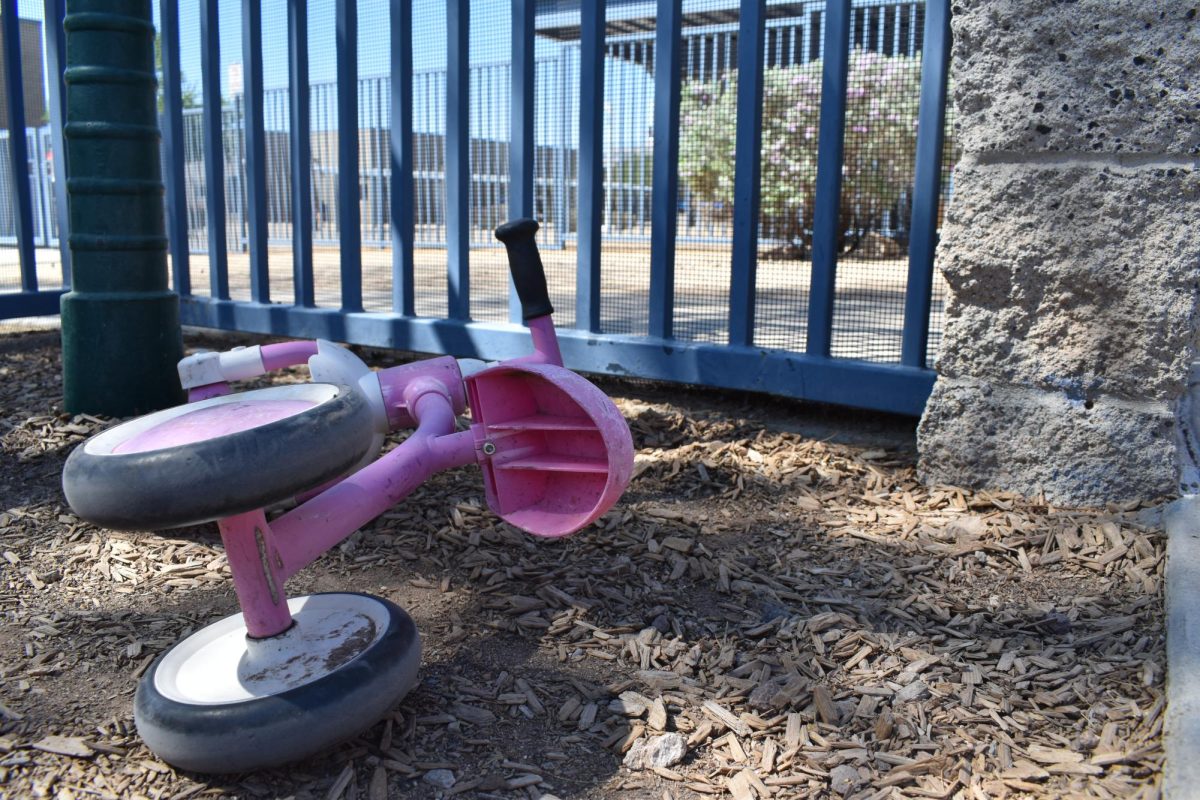Generation Alpha (2010-2024), also known as the brainrot generation, has earned a reputation in the past few years for being tech-addicted and unruly. While preceding generations spent their formative years playing in parks or walking around the town, the youngest kids in the modern day seem to prefer their screens, which has led to several cases of disrespectful behavior, whether it be iPad kids who bring their device to quiet settings or Sephora kids ruining products for entertainment.
While many have taken to social media to complain about the newest generation and their behavior, few have asked the question as to why these children seem to be glued to their phones or why they are attempting to mature so fast. The answer to this unasked question has slowly become clear, and that is that there are fewer spaces for children to simply be children.
A child’s space is somewhere that a child can go to enjoy themselves. May it be a park, library, or the streets of town, these places were once heavily populated with children of all ages. In recent years, though, these locations have become more antagonistic towards children, especially those of younger ages. Kids who are too loud in a quiet place, such as a library, may be kicked out, while others who once walked around town with their children face judgment if their child is too energetic.
With that said, that is not to say that these locations have disappeared or no longer accept children. What can be said, though, is that these locations have slowly been becoming less utilized due to the inconvenience associated with them. A journey to the park can be a several-hour affair: preparing snacks, organizing a playgroup, locating a safe yet entertaining location, and eventually dealing with the heat while the child plays. The same can be said for an excursion to the library or around town, though those may also include judgmental stares from others should the child act out.
On top of excursions outside the home being inconvenient, they have slowly begun to rise in price. Whether it be the entrance fee to a trampoline park or the price of gas to reach a library, exiting the home can be both timely and expensive.
Meanwhile, setting up a child’s iPad is a one-time purchase for the device, followed by only a few minutes to set it up. Convenient and often on-hand, it has become the most used tool when it comes to children’s entertainment, and with that comes social media.
This digital space is yet another layer of the issue, for not everything the children can access is something that they should see – whether it be beauty content pushing insecurities onto them or “brainrot” produced at a rapid rate by Artificial Intelligence. This content that they consume is only carried over into their real-life behavior, leading to the disruptive behaviors of iPad or Sephora kids who only have the inspiration of poor online examples to follow, as opposed to the role models former generations may have had.
With how vital the internet is to society, it is clear that its role in the modern world will not be decreasing anytime soon. On the other hand, this new digital world should not be the only or main form of both entertainment and socialization for this young generation, as it sets a poor example for how they should act, resulting in the behavior that is so often complained about. If older generations took on the extra effort of making the journey to a park or giving them the same experiences from their nostalgic childhoods, a balance could be struck to improve both Gen Alpha’s behaviors and their quality of life.



